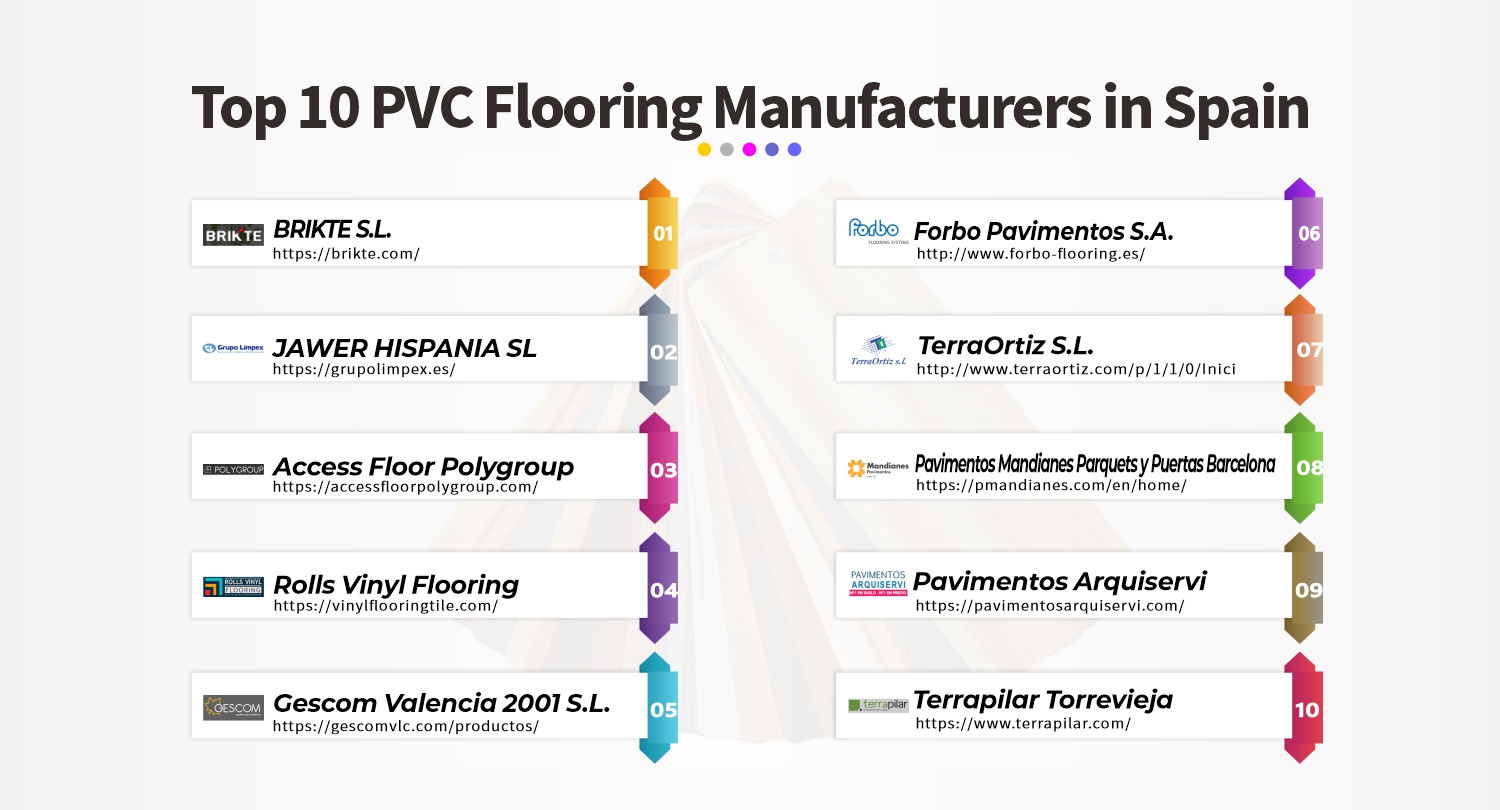Lead In: Are you planning to install LVT flooring in your home but feeling overwhelmed by the idea of cutting it to size? Fear not! In this article, we’ll guide you through the process, step by step. With our help, you’ll be able to achieve a professional-looking finish while saving money on installation costs.
Step 1: Straight cuts using a utility knife or a vinyl cutter.
Step 2: Curved cuts using a jigsaw or a coping saw.
Step 3: Angle cuts using a miter saw or a circular saw.
Whether you’re a seasoned DIYer or a novice, our comprehensive guide will help you cut LVT flooring with ease. We’ll cover the tools you’ll need, as well as techniques for cutting both straight lines and irregular shapes. Plus, we’ll provide tips for avoiding common mistakes and achieving a flawless finish.
Preparation before Cutting LVT Flooring

Measuring the dimensions of the room:
The first step in preparing to cut vinyl plank flooring is to measure the dimensions of the room where you plan to install the flooring. This will help you determine how much vinyl flooring you will need to cover the space. Measure the length and width of the room using a tape measure and write down the measurements.
Calculating the amount of LVT flooring needed:
Once you have measured the dimensions of the room, you can calculate the amount of vinyl plank flooring you will need. Vinyl planks are typically sold in boxes, and each box will have a specified coverage area listed on it. Divide the total area of the room by the coverage area of one box of vinyl planks to determine how many boxes you will need to purchase.
Choosing the appropriate cutting tool:
There are several cutting tools you can use to cut vinyl plank flooring, including a utility knife, laminate flooring cutter, or a saw. The best tool to use will depend on the thickness of the luxury vinyl plank flooring you are cutting. For thinner vinyl plank flooring, a utility knife or laminate flooring cutter may be sufficient, while a saw may be necessary for thicker flooring.
Marking the LVT flooring for cutting:
Once you have chosen the appropriate cutting tool, you will need to mark the vinyl plank flooring for cutting. Use a straight edge, such as a framing square, to create a straight cutting line on the vinyl plank. Make sure the framing square is steady and straight so that the cut line is accurate. It’s also important to ensure that the vinyl flooring is securely in place, either by placing it on top of the flooring underneath or securing it with clamps or other tools.
Cutting the vinyl plank flooring:
Once you have marked the vinyl plank flooring, you can begin cutting it. Use the chosen cutting tool to follow the cut line you created, making sure to apply enough pressure to cut through the flooring. For thinner luxury vinyl plank flooring, a utility knife or laminate flooring cutter may be sufficient, while a saw may be necessary for thicker flooring.
A step-by-step process for cutting LVT flooring.

Step 1: Straight cuts using a utility knife or a vinyl cutter.
When you install vinyl plank flooring, straight cuts can be made using a utility knife or a vinyl cutter. Begin by measuring the length of the space where the vinyl plank flooring will be installed using a tape measure. Once the measurement is taken, mark the vinyl plank flooring using a framing square or straight edge, ensuring that the cut is straight and accurate. Then, use a utility knife or vinyl cutter to cut along the marked line. Be sure to double-check the measurement and cut before moving on to the next piece of vinyl plank flooring. Additionally, remember to leave a small expansion gap between the vinyl plank flooring and any walls or obstacles.
Step 2: Curved cuts using a jigsaw or a coping saw.
For curved cuts when cutting vinyl plank flooring, a jigsaw or a coping saw can be used. To begin, measure the length and width of the area where the vinyl plank flooring will be installed using a tape measure. Then, mark the vinyl plank flooring where the curved cut is needed using a pencil or marker. Use a jigsaw or coping saw to carefully cut along the marked line, taking care to follow the curve as closely as possible. Be sure to leave a small expansion gap around the curved cut as well.
Step 3: Angle cuts using a miter saw or a circular saw.
When cutting vinyl plank flooring to fit into angled spaces, a miter saw, or circular saw can be used. Begin by measuring the length and width of the space where the angled cut is needed using a tape measure. Mark the vinyl plank flooring where the angled cut needs to be made using a framing square steady or straight edge. Then, use a miter saw or circular saw to cut, being sure to keep the saw blade steady and the cut straight. Finally, double-check the measurement and cut before installing the piece of vinyl plank flooring. As always, be sure to leave a small expansion gap between the vinyl plank flooring and any walls or obstacles.
By following these steps for cutting vinyl plank flooring, you can ensure a precise and accurate fit during installation. Whether you need to make straight cuts, curved cuts, or angle cuts, there is a cutting tool available to help you achieve the desired result. It’s also important to measure accurately and double-check the measurement and cut before installing the vinyl plank flooring. With a little bit of patience and precision, cut vinyl flooring can be done easily and accurately, even for those who may not have experience cutting wood.
Tips for getting clean and precise cuts.
Use the Right Tool for the Job:
Using the right tool for the job can make a big difference in the quality of the cut. For example, circular saws are ideal for making long, straight cuts, while jigsaws are better suited for making curved cuts. Rip cuts can be made using a table saw or a circular saw with a rip guide, while angle cuts can be made using a miter saw or a circular saw with an adjustable base. Additionally, using power tools such as these can save time and effort, but be sure to use them safely and follow manufacturer instructions.
Ensure Proper Blade Sharpness:
A sharp blade is crucial for clean and precise cuts when cutting LVT flooring. Dull blades can cause splintering or ragged edges, which can affect the overall appearance of the flooring. To ensure proper blade sharpness, use a new blade when possible or sharpen the blade before cutting.
Mark the Cut Line Accurately:
Marking the cut line accurately is essential for clean and precise cuts when cutting LVT flooring. Use a speed square or a framing square to mark straight lines, and chalk lines can be used to mark longer lines. Take time to measure and mark accurately, ensuring that the cut line is straight and properly aligned.
Cut Slowly and Steadily:
Cutting LVT flooring too quickly or with too much pressure can cause the material to crack or splinter. Instead, take the time to cut slowly and steadily, allowing the blade to do the work. This will result in a cleaner and more precise cut.
Secure the LVT Flooring During Cutting:
Secure the LVT flooring during cutting to prevent it from shifting or moving during the cutting process. This can be achieved by using clamps or a non-slip mat to keep the flooring in place.
Avoid Overcutting:
Overcutting can occur when the blade cuts past the marked line, resulting in a piece of LVT flooring that is too small or unusable. To avoid overcutting, start the cut slowly and follow the marked line carefully.

Handling tricky cuts around corners and obstacles
Measuring and Marking for Tricky Cuts:
Before making any cuts, measure and mark the area where the tricky cut is needed. For corners, use a framing square to mark a perpendicular line where the cut needs to be made. For irregular obstacles, use a template made from cardboard or paper to get the correct shape and size of the cut. Double-check all measurements and markings before making any cuts.
Cutting Techniques for Tricky Cuts:
Several cutting techniques can be used for tricky cuts around corners and obstacles. For straight cuts, use a sharp utility knife or vinyl cutter. For curved cuts, a jigsaw or coping saw can be used. For angle cuts, a miter saw, or circular saw can be used. Take your time and use a slow, steady approach to ensure clean and precise cuts.
Fitting Tricky Cuts into Place:
Once the cut has been made, test the piece to ensure it fits properly. Use a sanding block or a utility knife to make any necessary adjustments to the shape or size of the cut. Be sure to leave an expansion gap around the edge of the cut piece to allow for any changes in temperature or humidity.
Finishing Tricky Cuts:
Once the tricky cut is in place, finish the area around it as needed. Use a silicone caulk to fill any gaps between the cut piece and the surrounding flooring. Be sure to allow the caulk to dry completely before walking on the area.
Troubleshooting Common Mistakes:
Common mistakes when handling tricky cuts include cutting the piece too small or too large, leaving gaps between the cut piece and the surrounding flooring, or damaging the surrounding flooring during the cutting process. To avoid these mistakes, measure and mark carefully, cut slowly and steadily, and make adjustments as needed before fitting the piece into place.
Cutting LVT flooring doesn’t have to be a daunting task. With our step-by-step guide, you’ll be able to achieve a professional-looking finish while saving money on installation costs. So why wait? Get started today and enjoy your new beautiful flooring!











